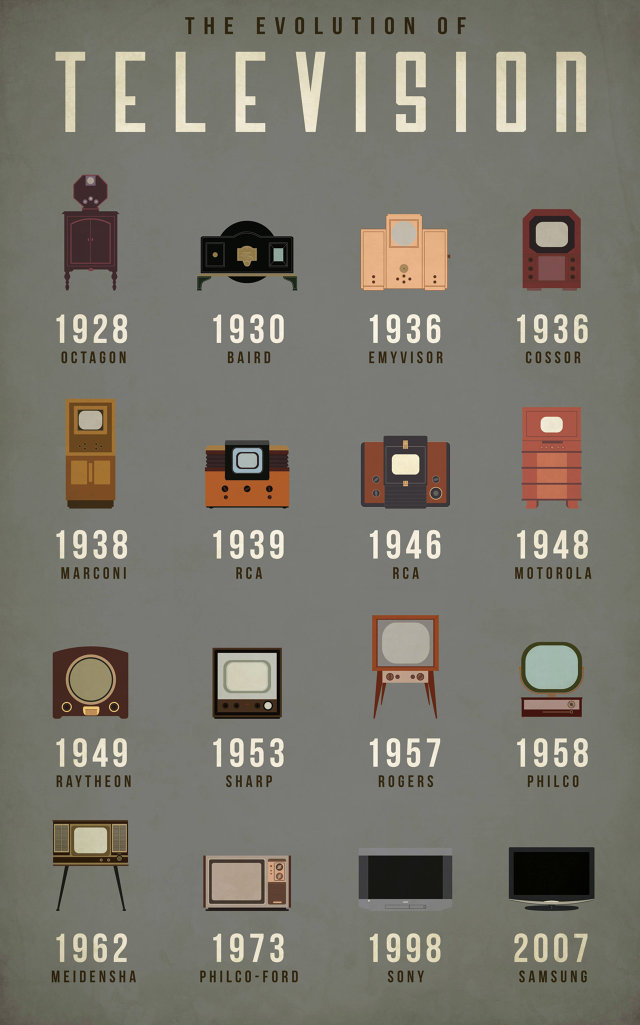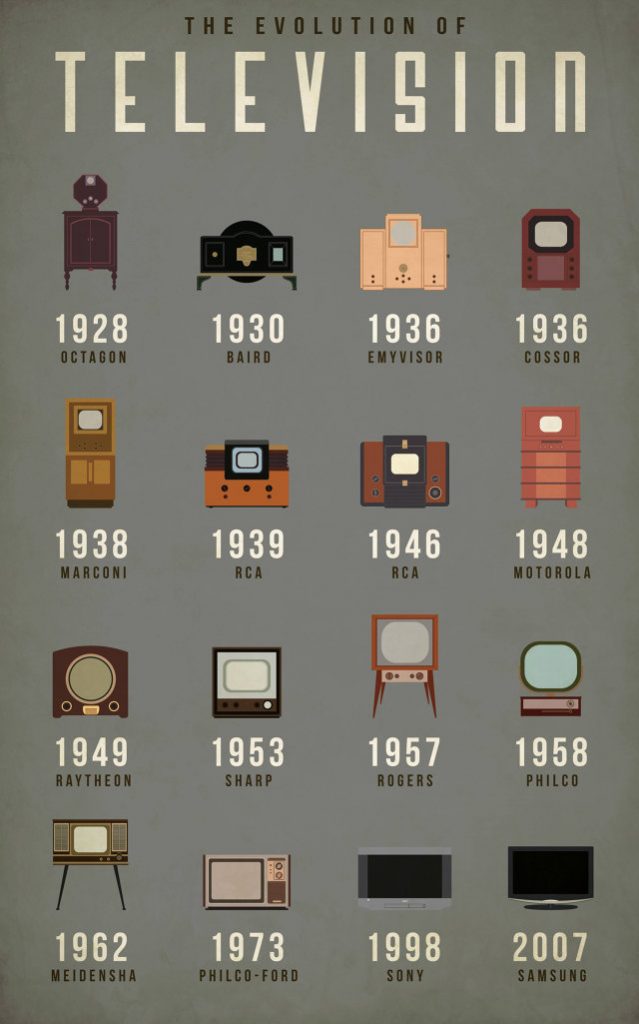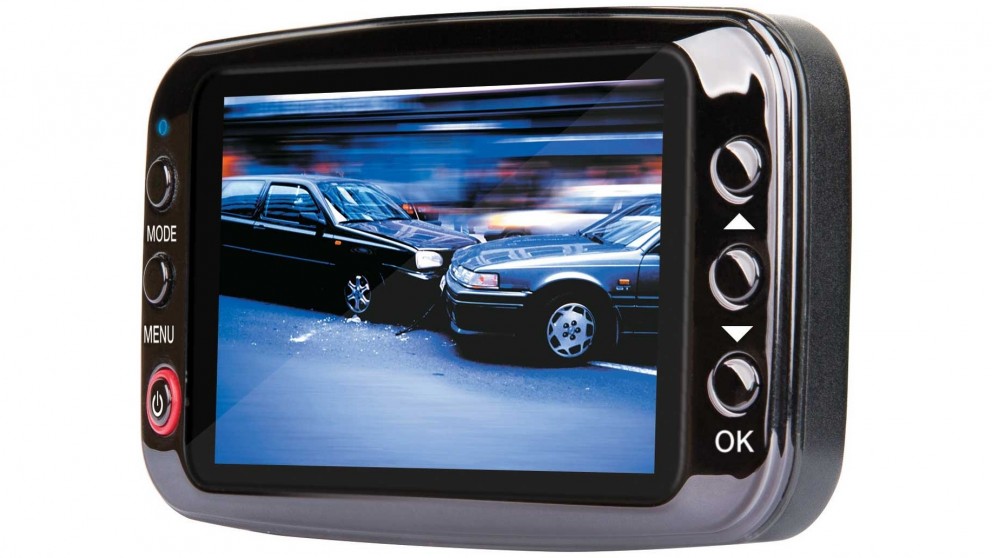
The Evolution Of TV Technology
Televisions are so ubiquitous that it’s hard to imagine a time that we didn’t have one in nearly every house in America. Nielsen, the organization that rates television programs, estimated in 2013 that there were 115.6 million televisions in the United States, which was up 1.2 percent from the previous year. That’s a far cry from the 6,000 televisions that were in U.S. households in 1946, when they started being “widespread.”

In under a century, televisions have evolved from clunky consoles that were little more than radios with a three-inch screen to huge, flat-screen sets that can display high-definition pictures for a crowd of thousands. Here’s a brief look at the rapid evolution of the television since it was introduced in 1928:
Early Televisions
The first TV was more like a precursor to what we know as the TV. General Electric produced the Octagon in 1928, and it had a three-inch screen with mechanical, rotating-disc technology. However, it was not mass-produced.
In 1936, the Emyvisor and Cossor made their way into individual homes, but they were limited to the rich. TVs did not become “mainstream” until 1946. An RCA set with a 5-by-7-inch screen sold for $100. Early TVs had dials and knobs to program them and black-and-white screens. The first remote control was introduced in 1955.
Picture Technology
By the time TV became truly widespread in the 1950s, sets were using vacuum tube technology to display the picture. This made the sets bulky and heavy.
The next major revolution in picture technology kicked off in 1983 when the liquid crystal display (LCD) was introduced. LCD allowed televisions to trim down to the flat-screen, lightweight models that are so popular today. It also contributed to a much higher picture quality.
In 1998, high-definition television (HDTV) was introduced, and it has become the standard for all new television models.
Advanced Technology
Today’s TVs are almost as advanced as computers. TVs are slimmer and bigger than they have ever been. The world’s largest TV is 172,220 square feet, sitting in Harmony Times Square in China. Home TVs are as big as 110 inches.
The advanced technology has also made TVs smaller. Televisions are on smart phones and in airplanes. They are in cars and on handheld devices.
TVs also come with many more bells and whistles. Many TVs now have Direct TV on Demand to get hundreds of channels and even streaming movies before they come out on DVD. For example, click here to watch movies before they come out on Redbox. With streaming devices, you can watch movies, videos and listen to music on your TV.
TVs have also become “smart.” Newer models don’t need a streaming device to play apps like YouTube. The TVs have Internet access and the apps programmed right into them. They run almost like computers.
Televisions have come so far in such a short time that we can’t wait to see where they’ll be in another 100 years.We’re sure we’ll be watching holographic projections that can predict our needs and show us a selection of millions of movies and shows at the commend of a blink. The future is limitless.


